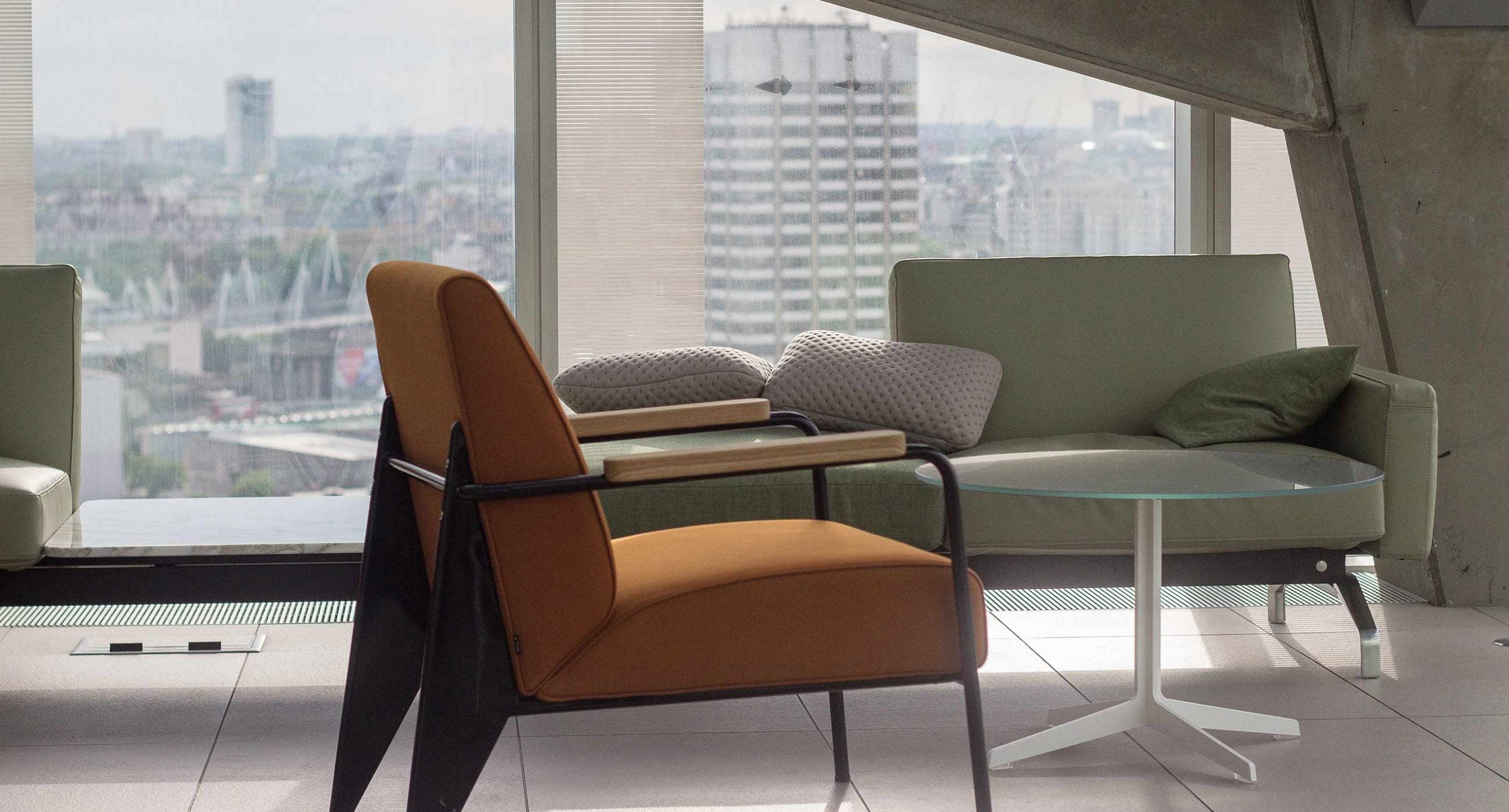What is Human Centric Lighting?
Human-centred lighting refers to lighting that focuses on improving the performance, comfort, health and well-being of the occupants of a place. This definition means that artificial lighting can affect the experience of place users in ways other than vision. Therefore, human-centered lighting can also be defined as any lighting strategy that aims to solve the non-visual impact of the light environment on the users of the place, including natural lighting strategies and artificial lighting strategies.
Why choose HCL (Human Centric Lighting)?
All living beings have an “inner clock” called the circadian rhythm, and humans are no exception. In short, this means that we rise with the sun and go to sleep when it sets. The right light at the right time can influence everything from our sleep to how we feel and perform.
The benefits of choosing HCL?
Four important parameters in HCL lighting
Spectrum:
The blue wavelengths of light are its biologically active parts. This means we can use cool white light with wavelengths in the blue spectrum to stimulate the body in the morning, and as a boost when we need to focus and stay alert. In the evening, warm white light can help us relax and unwind.
Intensity:
Research has taught us how much light is needed to influence the biological processes in the human body. When planning and designing a lighting solution, enough light must be emitted to achieve this, while addressing issues such as unwanted glare and energy consumption.
Timing and duration:
The morning light tells our biological clock that the day has begun, helping to activate our bodily functions. In contrast, light exposure at night makes it harder to fall asleep. These factors must be considered when planning an HCL solution with a 24-hour cycle.
Distribution:
For light to have a biological effect, our eyes must perceive it effectively. The receptors that affect our circadian rhythm are most sensitive in the lower and nasal part of the eye, so how the luminaire distributes the light is of great importance.
Subscribe To Our Newsletter
Join our mailing list to receive the latest news and updates from our team
